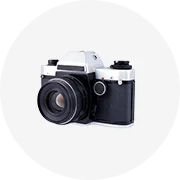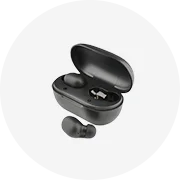Types of Gramophone Horns
There are several types of gramophone horns, each with distinct characteristics:
- Antique Brass Horns: Often associated with classic gramophones, these horns are cherished for their rich golden hues and intricate engravings. They showcase craftsmanship from a bygone era and come in various sizes, appealing to different collector preferences.
- Colored Horns: Modern interpretations of gramophone horns, these pieces feature vibrant colors like red, blue, or even tie-dye patterns. They add a playful touch to any setting and are popular among those who appreciate contemporary artistry.
- Funnel Design Horns: Resembling elongated funnels, these horns capture attention with their unique structure. This design not only enhances aesthetics but may also improve sound projection and volume.
- Art Deco Inspired Horns: Reflecting the geometric shapes and bold lines of the 1920s Art Deco movement, these horns are crafted with polished metals and feature patterns like zigzags and chevrons, embodying elegance and style.
- Floral Patterns: Some horns display delicate nature-inspired designs, such as roses, lilies, or vines. These hand-painted or engraved patterns add visual appeal and can beautify any space.
























































